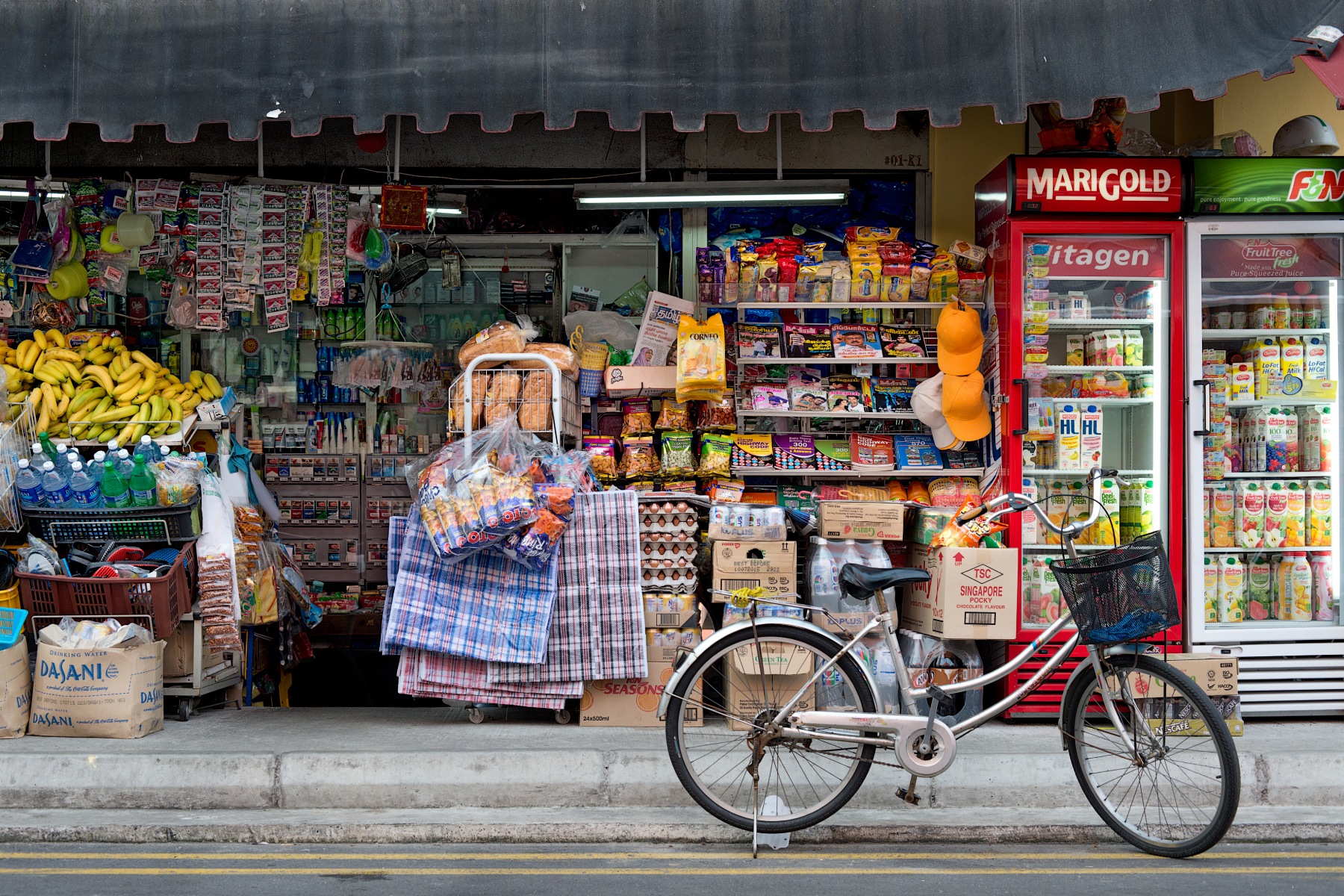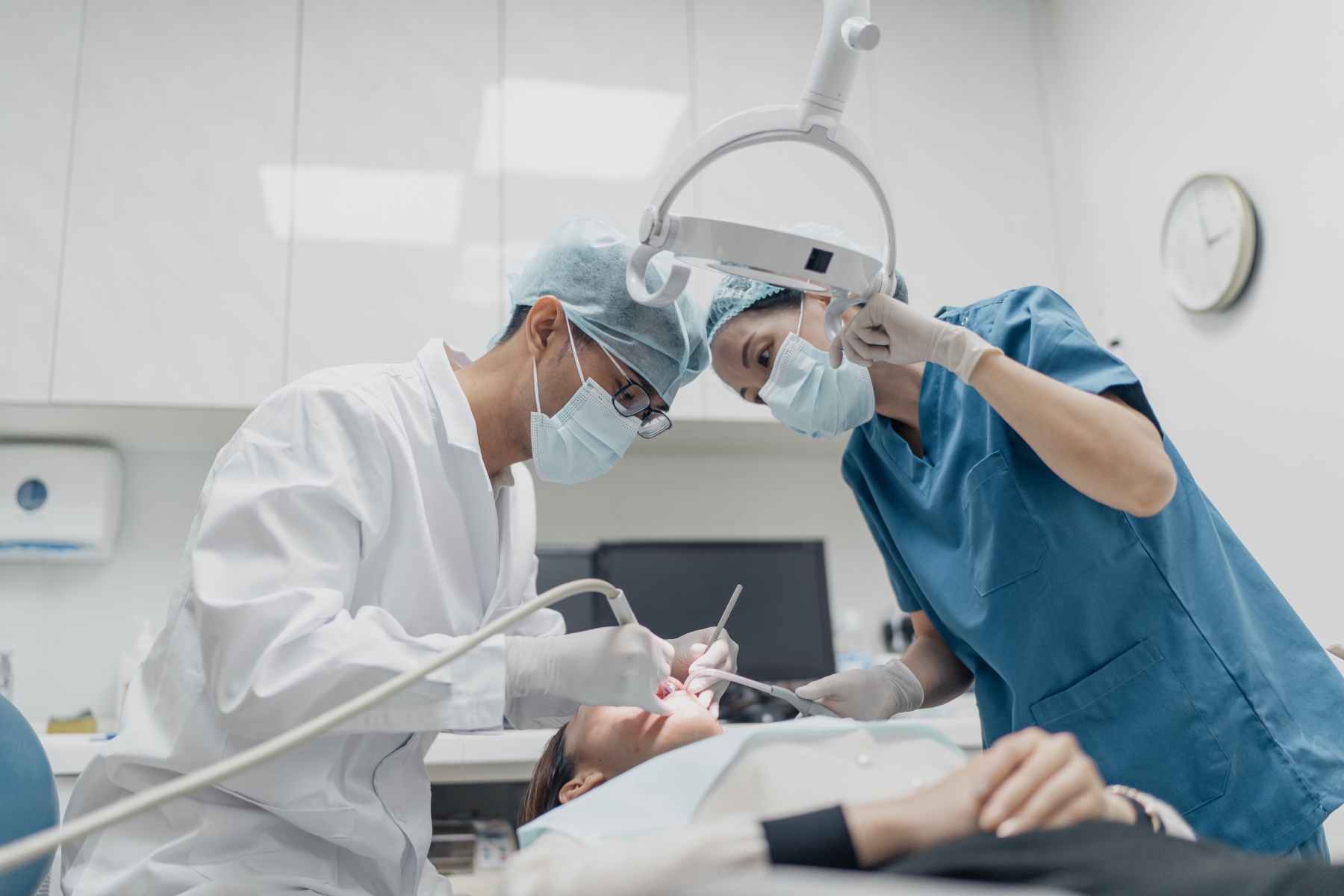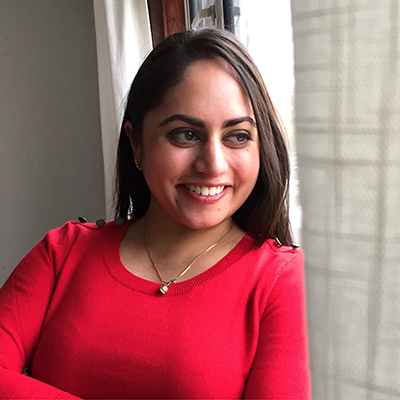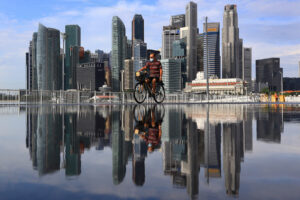Singapore is a popular destination for expats, thanks to its excellent job opportunities, tropical climate, and advanced healthcare and education systems. However, there’s one downside to life in the Lion City: it’s pricey. In fact, it’s considered one of the most expensive cities in the world – on par with Zurich and New York. So before moving to Singapore, it’s important to have a realistic idea of the cost of living so you know how much money you’ll need.
Keep reading for a complete breakdown, including:
- Is Singapore’s economy good?
- The cost of living in Singapore in 2025
- The price of groceries in Singapore in 2025
- 2025 housing costs in Singapore
- The costs of Singaporean healthcare
- Internet and mobile prices in Singapore
- Clothing and footwear
- The costs of transportation in Singapore
- How much do local leisure activities cost in Singapore?
- The costs of Singaporean education and childcare
- How do Singapore’s prices compared to the rest of the world?
- Financial support for the cost of living in Singapore
- Tips on how to save money in Singapore
- Useful resources
Is Singapore’s economy good?
Singapore’s economy is one of the most competitive and dynamic in the world. It’s a global financial hub with a highly developed, high-income economy that’s primarily based on services rather than goods, given its limited land resources.

Here are a few notable dynamics worth exploring in this economic powerhouse:
- Financial services and trade – Singapore is a world leader in finance, shipping, and trade, with its strategic location making it a key player in global commerce
- Housing and cost of living – while incomes are high, so is the cost of living, which can skew perceptions of wealth and economic prosperity for residents
- Income inequality – the wealth gap is significant, with certain groups facing more economic challenges despite the country’s overall affluence
Inflation and disposable income in Singapore
There’s no denying it: Singapore is an expensive country. While the 2020s inflation crisis has not been as severe in the Lion City as in other countries, residents are still faced with elevated prices and a steep cost of living.
The average salary in Singapore has steadily risen over the last 10 years. As of 2024, it was S$5,500 per month. Once again, that puts the Lion City way out in the lead among Southeast Asian countries. The city with the second-highest average pay is Kuala Lumpur, Malaysia, where workers earn just one-third an average Singaporean salary.
Singapore compared to its neighbors
Singapore is an economic outlier in the Southeast Asia region. It stands out from its neighbors, with a score of 79.1 out of 100 on Numbeo’s Cost of Living Index as of 2025. To put that in perspective, the next highest Southeast Asian country is Brunei, with 44.4.
While countries like Malaysia, Indonesia, Thailand, and Vietnam offer lower housing, food, and transportation costs, Singapore’s highly urbanized environment, limited land space, and high demand for premium services drive up prices.
The cost of living in Singapore in 2025
Average expenses for a single person living in Singapore in 2025 is S$1,513.40 per month or S$18,160.80 per year, not including rent. For a family of four, estimated monthly living costs go up to S$5,467.10 before rent, or S$65,605.20 per year.
Keep reading for a breakdown of the cost of living expenses you might come across in your daily life as an expat in Singapore.
The price of groceries in Singapore in 2025
The average Singaporean spends between S$100 and 300 on groceries. That’s significantly higher than most other ASEAN countries. However, as a proportion of total household spending, it’s quite low. Singaporeans spend just 8.4% of their monthly goods and services on food and drinks to be consumed at home.

Beer, wine, and liquor
As with many other things, Singapore has the highest beverage prices in the Southeast Asia region. This is also aided by the country’s high alcohol tax.
| Alcoholic drinks | Price range |
| Domestic beer | S$3.45–8.00 |
| Imported beer | S$3.50–9.90 |
| Bottle of wine | S$20–50 |
| Bottle of liquor (e.g., whiskey, vodka) | S$25+ |
Food and non-alcoholic drinks
| Product | Price range | Product | Price range |
| Apples (1 kilo) | S$3.50–10.00 | Potatoes (1 kilo) | S$1.50–4.95 |
| Bread (1 loaf) | S$1.88–7.00 | Regular milk (1 liter) | S$2.30–6.00 |
| Cheese (1 kilo) | S$10–50 | Rice (1 kilo) | S$2.20–6.00 |
| Eggs (12) | S$3.20–6.00 | Chicken (1 kilo) | S$5.65–40.00 |
| Water (1.5 liters) | S$1–3 | Beef (1 kilo) | S$11.92–45.90 |
In comparison with the rest of the world, coffee prices in Singapore are on the higher end of the spectrum. If you’re sticking to a simple order like an americano or an espresso, your order will usually come to under S$2. On the other hand, more elaborate drinks, like a Starbucks Frappuccino, could cost over S$12.
Hygiene and household products
Hygienic and household products include everything from toothpaste and shampoo to dish soap (or washing-up liquid) and toilet bleach. The average price ranges* of these necessities in 2025 include:
| Product | Price range | Product | Price range |
| All-purpose cleaner (500 ml) | S$3–6 | Shampoo (500 ml) | S$6–30 |
| Deodorant (150 ml) | S$2.90–5.75 | Body wash (500 ml) | S$2.20–9.50 |
| Dish soap (1 liter) | S$2.50–4.50 | Tampons (per tampon) | S$0.30–0.40 |
| Garbage bags (per bag) | S$0.03–0.49 | Toilet paper (per roll) | S$0.65–1.00 |
| Laundry detergent (per wash) | S$0.12–0.61 | Toothpaste (75 ml) | S$3.50–5.10 |
2025 housing costs in Singapore
Rental and property prices
For expats, renting is often the only viable option, as Housing Development Board (HDB) flats—available at subsidized rates—are reserved for Singaporean citizens and permanent residents.
Singapore has some of the most expensive rental properties in the Asia-Pacific region. While rent prices vary greatly depending on where exactly in Singapore you’re living, a one-bedroom apartment costs somewhere between S$1,800 and 5,000 per month. A three-bedroom apartment in Singapore is more like S$3,000 to 10,000 a month.
In the Core Central Region, rental costs for apartments typically fall between S$3,500 and S$5,800 per month, making it one of the pricier areas to live.

When it comes to purchasing property, Singapore leads the ASEAN region with the highest accommodation prices. The median property price in 2025 is estimated at S$1,594,600 (US$1,200,000), reflecting the country’s limited land and premium urban infrastructure.
A condominium in the Core Central Region commands even higher prices, with the average property costing around S$2,947,829, compared to the national average of S$1,989,082.
While the Housing Development Board (HDB) offers subsidized prices to help Singaporean citizens and permanent residents onto the property ladder, these are not available for expats, unfortunately.
Utility bills: water, gas, and electric
Utility costs in Singapore are relatively high compared to neighboring countries, reflecting the city-state’s heavy reliance on imported energy and resources. On average, monthly utility bills, including electricity, water, and gas, range from S$150–300 for a small apartment, depending on household size and consumption.
Electricity costs are a significant component, averaging S$0.30 per kWh, influenced by fluctuations in global energy prices. Air conditioning, a common necessity in Singapore’s tropical climate, can notably increase electricity bills.
Water is priced at S$2.74 per cubic meter for the first 40 cubic meters, with a higher rate for additional usage.
The costs of Singaporean healthcare
The average person in Singapore spends about S$200 per month on healthcare.
In Singapore’s public healthcare system, expats and permanent residents pay different fees than Singaporean citizens. Take a look at this table of Singapore General Hospital fees to see how charges vary.
When it comes to the private sector, healthcare costs will vary between providers. The Ministry of Health provides a bill benchmark tool to give you an idea of how much you will pay for hospital and dental fees.

While the Singaporean government has programs like MediSave to subsidize healthcare for citizens and permanent residents, internationals don’t qualify for this coverage. Therefore, make sure to have some form of private health insurance for incidentals while you’re in Singapore.
Some international providers that are perfect for travel health insurance, digital nomads, and coverage gaps include:
Internet and mobile prices in Singapore
Home broadband plans typically range from S$30 to S$70 per month, depending on the speed and provider, with 1Gbps fiber-optic plans being the most common choice for households.
For mobile phone plans, costs vary widely based on data usage and provider. Entry-level plans start at S$20–30 per month for basic data and talk-time packages, while unlimited data plans can cost S$50–90 per month.
Many providers offer bundled discounts for combining mobile and broadband services.
Clothing and footwear
Shopping for clothing and shoes in Singapore can range from affordable to premium, depending on your preferences and where you shop. Basic items like t-shirts or casual dresses cost S$20–50 at mid-range stores, while branded items in malls like Orchard Road often exceed S$100. Quality running shoes start at S$80–200, depending on the brand.
The costs of transportation in Singapore
Public transport
2025 fares for the MRT (Mass Rapid Transit), Singapore’s efficient rail network, and buses range from S$0.92 to S$2.17 per trip, depending on distance traveled. Monthly adult concession passes for unlimited bus and MRT travel cost S$128, while students and seniors benefit from lower rates.
You can work out the cost of a journey using the government’s fare calculator tool.
Driving and vehicle costs
Owning a car in Singapore is among the most expensive in the world due to high taxes and fees. The Certificate of Entitlement (COE), mandatory for car ownership, can cost over S$100,000, depending on the vehicle category.
A mid-range car can cost S$120,000 to S$150,000, including taxes and registration fees. Gasoline prices are also steep, averaging S$2.80 to S$3.00 per liter in 2025, influenced by global oil prices and local duties.

If you’re looking to grab a ride, taxi fares start at S$3.20–4.20, with additional charges based on distance, time, and location. Ride-hailing services like Grab and Gojek are also popular but can be more expensive during peak hours. To get an idea of what charges you can expect, take a look at the Land Transport Authority’s website.
How much do local leisure activities cost in Singapore?
Movie theaters
For standard 2D screenings, weekday tickets (Monday to Thursday) are typically priced between S$8.50 and S$11.50, while weekend tickets (Friday to Sunday) range from S$12.50 to S$16.00. For instance, Cathay Cineplexes charges S$11.50 on weekdays and S$15.50 on weekends.
Discounts are often available for students and senior citizens during weekdays, with prices as low as S$4.50.
Restaurants
At hawker centers and food courts, meals are typically priced between S$3 and S$6, making them an affordable choice for locals and visitors alike.
Fast-food establishments, such as McDonald’s, offer combo meals around S$10.
Mid-range restaurants may charge approximately S$20 to S$40 per person for a meal, depending on the cuisine and location. For those seeking fine dining experiences, prices can exceed S$100 per person.
Fitness
The average cost of a gym membership in Singapore is around S$100 to S$150 per month in 2025, with premium gyms exceeding S$200. Affordable alternatives like ActiveSG gyms offer memberships starting from S$2.50 per entry or S$15 per month, with additional discounts for students, seniors, and expats.
Boutique fitness classes such as yoga, spin, or HIIT typically cost S$25 to S$50 per session, with discounted package deals available.
The costs of Singaporean education and childcare
Childcare
You may need to pay over S$2,000 for childcare in Singapore, depending on the service you choose. Generally, the most expensive options are premium child-minding centers, where your youngster will be surrounded by their peers. Many of these establishments are bilingual, so children will learn both English and Mandarin from an early age.
A long-term babysitter is a cheaper option, with prices generally starting from S$800 per month. You can also hire a domestic helper, known locally as an amah (a Malay word which translates roughly as “mother’s helper”), for roughly the same price. Not only will an amah look after your little one – they’ll also help with household chores, too.

Local expert
Gayatri Bhaumik
Insider tip
If you’d like to hire an amah, be sure to go through a reputable agency. Many amahs migrate to Singapore from other parts of Southeast Asia, and an agency will help take care of the work permit requirements.
Children’s education
Children’s education in Singapore can be pricey for expats. Like with healthcare, public education has four tiers of fees at primary and secondary school levels. Singaporean citizens pay the least, followed by permanent residents. Next come international students from ASEAN countries, with other international students paying the most.
For public school, ASEAN international students pay between S$780 and S$840 per month, and non-ASEAN international students between S$1,400 and S$1,500. The Ministry of Education provides a fee calculator that allows you to see how much a Singaporean public education will cost for your child.

Annual fees for private school can range from approximately S$17,000 to over S$40,000, depending on the institution and educational level. For instance, the Singapore American School’s annual tuition fees for the 2024–2025 academic year vary based on the student’s grade level. Many employers in Singapore offer expat workers an education package for their kids, which can help soften their cost of living.
University tuition fees
University tuition fees vary in Singapore depending on your immigration status in the country as well as whether or not you have a Ministry of Education (MOE) tuition grant. This is a government subsidy aimed at reducing the cost of higher education for students attending local universities and polytechnics. It is available to Singaporean citizens, residents, and internationals, though the specifics may differ for each.
As in most countries, international university students pay more than citizens or permanent residents in Singapore. Permanent residents may pay between S$11,500 and S$17,750 annually, whereas international students from ASEAN countries might incur fees ranging from S$25,100 to S$27,650 per year. Non-ASEAN international students can expect annual fees between S$26,100 and S$28,350.
How do Singapore’s prices compared to the rest of the world?
While Singapore is one of the most expensive cities globally, its high costs come with exceptional living standards.
Singapore consistently ranks highly on global indices measuring quality of life and human development. It performs exceptionally well on the Human Development Index, ranking 12th in the world in 2024, reflecting its strong healthcare, education, and income levels. Similarly, the World Bank’s Ease of Doing Business Index places Singapore at the top, thanks to its efficient infrastructure and governance.
The cost of living in Singapore is high compared to many other cities worldwide, reflecting its status as a global financial hub. Singapore ranked 5th on Mercer’s 2024 Cost of Living Index, making it more expensive than cities like London (UK) and Sydney (Australia) but cheaper than Hong Kong (China) and New York (US).
Compared to other cities, Singapore’s cost of living (as of January 2025) is:
- 40.2% cheaper than New York (US)
- 15.8% cheaper than London (UK)
- 12.3% more expensive than Amsterdam (Netherlands)
- 201.9% more expensive than Delhi (India)
- 22.5% more expensive than Shanghai (China)
- 52.8% more expensive than Kuala Lumpur (Malaysia)
- 98.3% more expensive than Jakarta (Indonesia)
Financial support for the cost of living in Singapore
Financial aid options in Singapore are limited for expats, as most government social security programs are reserved for citizens and permanent residents. Expats married to Singaporean citizens may be able to access certain benefits indirectly through their spouse. If you don’t fall into one of these categories, you’ll need to rely on personal savings or employer-provided benefits to manage living costs.

Singaporean citizens have access to several government-supported schemes, such as HDB loans to facilitate homeownership, baby bonuses to offset child-rearing costs, concessions for hiring migrant domestic workers, and the Workfare Income Supplement for low-income earners. Permanent residents may also qualify for some of these benefits, depending on their circumstances.
Tips on how to save money in Singapore
- Rent further along the MRT line – Housing tends to be cheaper the farther you live from the city center, though this isn’t always a strict rule. Explore districts with lower rental demand to save on rent.
- Buy drinks from supermarkets – A bottle of beer, wine, or spirits at a supermarket is about half the price of what you’d pay at a restaurant or bar
- Eat like a local – Opt for local staples like rice, chicken, and fresh produce, which are much cheaper than imported European-style foods like cheese and bread
- Shop at outlet stores – Luxury malls are pricey, but outlet stores can have discounts of up to 80% on branded items. Markets like Bugis Street are also great for affordable fashion and goods.
- Use a prepaid transport card – Register a contactless debit/credit card with SimplyGo for the same fares as physical prepaid cards, making transit more economical
- Work out at ActiveSG gyms – Government-supported fitness centers offer affordable memberships and discounts for expats, students, and seniors
Useful resources
- Gov.sg – information on how the Singaporean government is working to lower inflation
- iPrice Price Comparison Site – Singapore’s largest price-comparison site, perfect for putting prices of material goods side-by-side
- Numbeo – compare Singapore’s cost of living with other cities around the world
- PWC – information on Singapore’s tax system on personal income, including rates, deductions, and foreign tax reliefs







